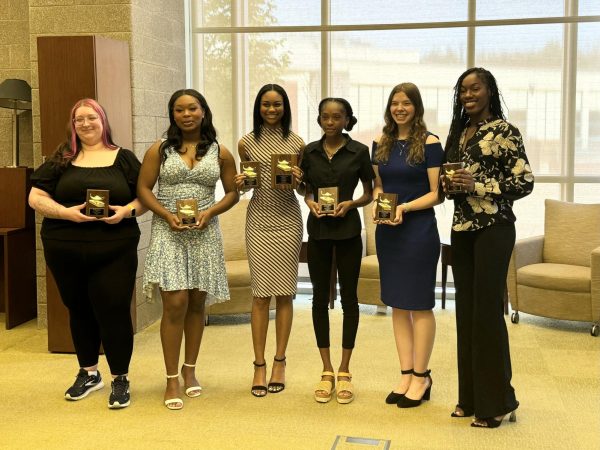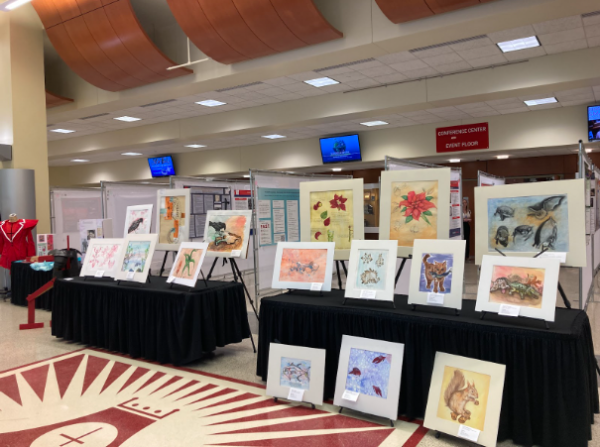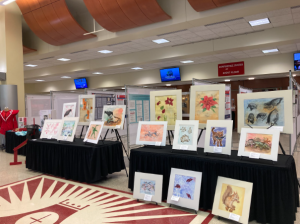New look to old curriculum
October 31, 2017
As students and faculty filed into the Morgan Hall auditorium on Oct. 24, the pressing topic of a full curriculum change raised questions and concerns from those in the audience.
In the latter part of the spring 2017 semester, students in the Communication department were told that a possible merger with other departments across campus were in the works, and that a change in the requirements to graduate were likely.
Sylvia Foil, professor of Communication Studies at Cal U, said, “Although these changes are all happening at the same time, the added skills are essential to success in the 21st century workplace.”
These essential skills, such as video, print, photography and visual design, are the skills that D’Agostino believes are being eliminated with the rearrangement of the current curriculum.
“There was a radio and TV concentration, and I believe that they are taking that away,” D’Agostino said. “People that want to announce or take the performance track in this field aren’t going to be able to do that at Cal U anymore. This might deter people from going to school here.”
Along with the title changing from the department of Communication Studies, to Communication, Design and Culture, class titles were also changed which confused many as the time for scheduling is right around the corner.
Tom Caton, a freshman in the Communication department, went into the majors meeting where the changes were laid out with an open mind, but was left questioning how the rest of his time at Cal U would pan out with these changes.
“The information they gave to us was pretty blurry,” Caton said. “I feel like you had to talk to more people to figure out what exactly you need to take next semester, and even in the future.”
These changes for students across the new major will not entail a complete shift in what they are currently enrolled for, but they are encouraged to take advantage of the new curriculum, and utilize the skills that the professors have to offer.
“Art history, visual culture and graphic design are important to all communication professionals in the 21st century,” Foil said. “As a professional, you need to understand how to use all those tools effectively in multi-media environments, where a single error can potentially create a social media catastrophe for your client.”
The department will be adding five professors under their umbrella of resources for the students enrolled in the major, hoping to ease the transition gradually, rather than abruptly.
“Having a graphic design background is important in the field of radio and television, because that is a form of communication,” D’Agostino said. “I’m just glad that I’ll be graduating soon so that I don’t have to take all of these extra classes.”


























